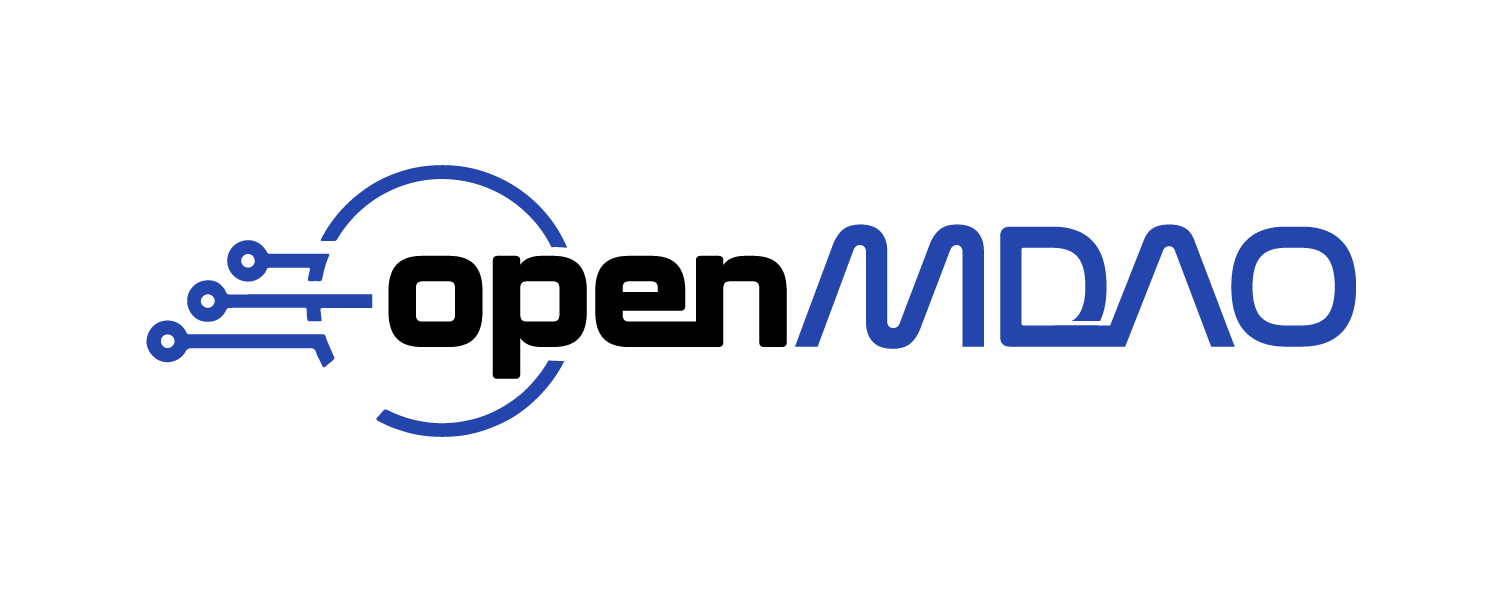"""Define the DenseMatrix class."""
import numpy as np
from openmdao.core.constants import INT_DTYPE
from openmdao.matrices.matrix import Matrix
from scipy.sparse import coo_matrix, csc_matrix
[docs]
class DenseMatrix(Matrix):
"""
The underlying matrix may be a COO or a dense array.
The type of the underlying matrix will be COO if the array has repeated indices or dense
otherwise.
Used with the SplitJacobian to represent the dr/do and dr/di matrices, to form a matvec
product with the d_outputs and d_inputs vectors respectively.
Parameters
----------
submats : dict
Dictionary of sub-jacobian data keyed by (row_name, col_name).
Attributes
----------
_coo : coo_matrix or None
COO matrix used for conversion to dense in some cases, e.g., when array has repeated
indices.
_coo_slices : dict or None
Dictionary of slices into the COO matrix data/rows/cols for each sub-jacobian.
"""
[docs]
def __init__(self, submats):
"""
Initialize all attributes.
"""
super().__init__(submats)
self._coo = None
self._coo_slices = {}
def _build(self, num_rows, num_cols, dtype=float):
"""
Allocate the matrix.
Also, possibly keep track of the slice within the COO data/rows/cols arrays corresponding
to each sub-jacobian.
Parameters
----------
num_rows : int
number of rows in the matrix.
num_cols : int
number of cols in the matrix.
dtype : dtype
The dtype of the matrix.
"""
submats = self._submats
self._coo_slices = {}
rows = []
cols = []
# compute the ranges of the subjacs within the COO data/rows/cols arrays
start = end = 0
for key, submat in submats.items():
_, r, c = submat.as_coo_info(full=True)
end += r.size
rows.append(r)
cols.append(c)
self._coo_slices[key] = slice(start, end)
start = end
rows = np.concatenate(rows, dtype=INT_DTYPE)
cols = np.concatenate(cols, dtype=INT_DTYPE)
# now, determine if we need to keep a coo representation of the matrix in order to
# handle repeated indices.
csc = csc_matrix((np.ones(end, dtype=dtype), (rows, cols)), shape=(num_rows, num_cols))
# csc was created with 1.0 in each data entry, and csc adds repeated entries together, so
# we can check if there are any entries greater than 1.0 to determine if we have repeated
# indices.
has_repeated = np.any(csc.data > 1.0)
del csc
if has_repeated:
# we have repeated indices, so we need to keep a COO representation
self._coo = coo_matrix((np.zeros(end, dtype=dtype), (rows, cols)),
shape=(num_rows, num_cols))
else:
self._coo_slices = None
self._coo = None
self._matrix = np.zeros((num_rows, num_cols), dtype=dtype)
[docs]
def transpose(self):
"""
Transpose the matrix.
Returns
-------
coo_matrix
Transposed matrix.
"""
return self._matrix.T
def _prod(self, in_vec, mode, mask=None):
"""
Perform a matrix vector product.
Parameters
----------
in_vec : ndarray
incoming vector to multiply.
mode : str
'fwd' or 'rev'.
mask : ndarray or None
Array used to mask out part of the vector. If mask is not None then
the masked values will be set to 0.0.
Returns
-------
ndarray
vector resulting from the product.
"""
if mode == 'fwd':
if mask is None:
return self._matrix @ in_vec
else:
return self._matrix @ self._get_masked_arr(in_vec, mask)
else: # rev
if mask is None:
return self.transpose() @ in_vec
else:
return self.transpose() @ self._get_masked_arr(in_vec, mask)
def _update_dtype(self, dtype):
"""
Update the dtype of the matrix.
This happens during pre_update.
Parameters
----------
dtype : dtype
The new dtype of the matrix.
"""
if dtype.kind != self.dtype.kind:
if self._coo is None:
self.dtype = dtype
mat = self._matrix if dtype.kind == 'c' else self._matrix.real
self._matrix = np.ascontiguousarray(mat, dtype=dtype)
else:
self.dtype = dtype
data = self._coo.data if dtype.kind == 'c' else self._coo.data.real
self._coo.data = np.ascontiguousarray(data, dtype=dtype)
self._matrix = None
def _update_from_submat(self, subjac, randgen):
"""
Update the matrix from a sub-jacobian.
"""
if self._coo is None:
if subjac.dense:
view = self._matrix[subjac.row_slice, subjac.col_slice]
val = subjac.info['val'] if randgen is None else subjac.get_rand_val(randgen)
if subjac.src_indices is not None:
view[:, subjac.src_indices] = val
else:
view[:, :] = val
if subjac.factor is not None:
view *= subjac.factor
else:
data, rows, cols = subjac.as_coo_info(full=True, randgen=randgen)
self._matrix[rows, cols] = data # only works if there are no repeated indices
if subjac.factor is not None:
self._matrix[rows, cols] *= subjac.factor
else:
self._coo.data[self._coo_slices[subjac.key]] = subjac.get_as_coo_data(randgen)
if subjac.factor is not None:
self._coo.data[self._coo_slices[subjac.key]] *= subjac.factor
[docs]
def todense(self):
"""
Return a dense version of the matrix.
Returns
-------
ndarray
Dense array representation of the matrix.
"""
return self._matrix
def _pre_update(self, dtype):
"""
Do anything that needs to be done at the end of jacobian update.
Parameters
----------
dtype : dtype
The dtype of the jacobian.
"""
super()._pre_update(dtype)
if self._coo is not None:
# during update, stay in coo format if we have repeated indices
self._matrix = self._coo
def _post_update(self):
"""
Do anything that needs to be done at the end of jacobian update.
"""
if self._coo is not None:
# this will add any repeated entries together
self._matrix = self._coo.toarray()
[docs]
def dump(self, msginfo):
"""
Dump the matrix to stdout.
Parameters
----------
msginfo : str
Message info.
"""
print(f"{msginfo}: DenseMatrix:")
with np.printoptions(linewidth=9999, threshold=9999):
print(self._matrix)
